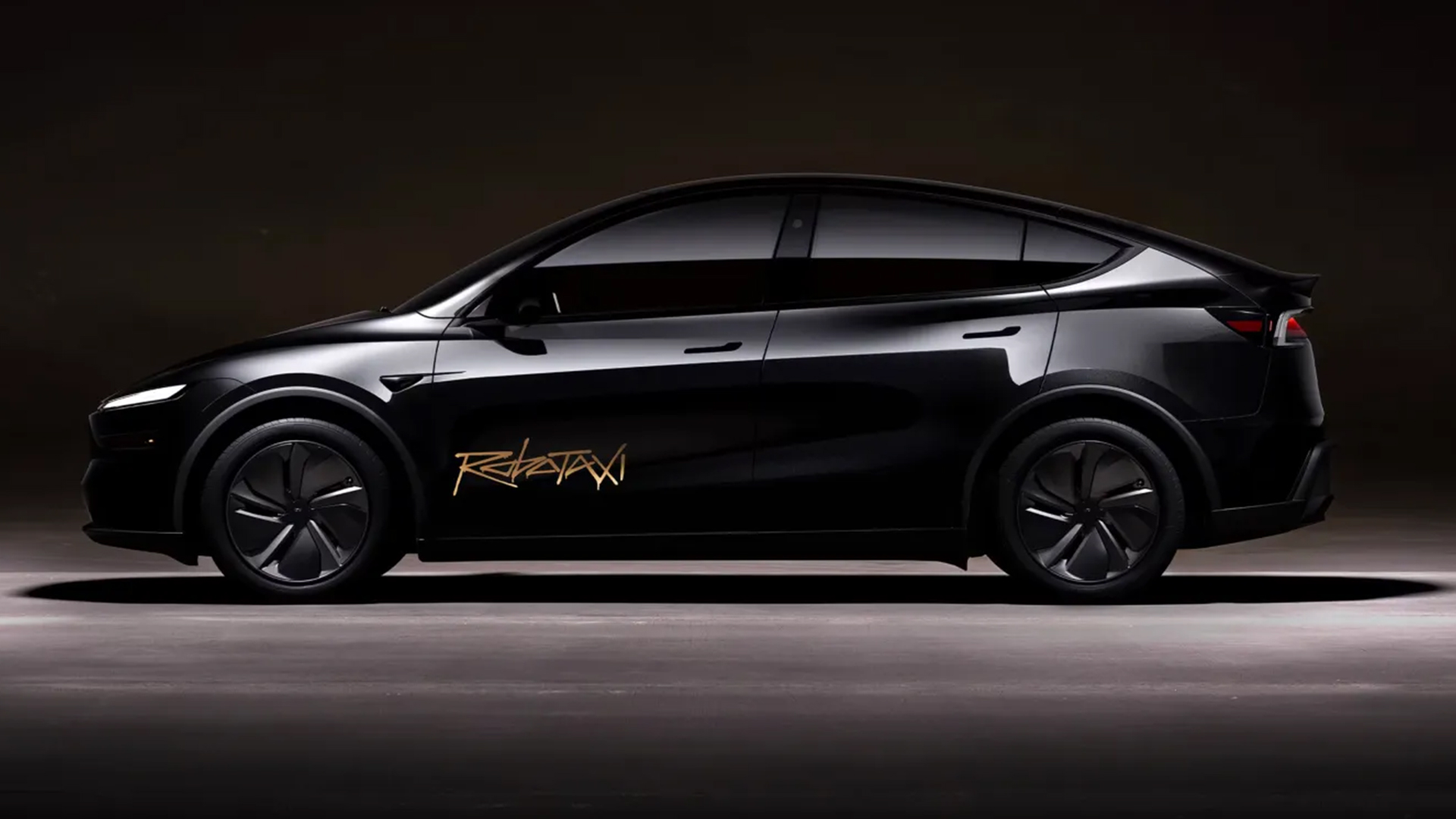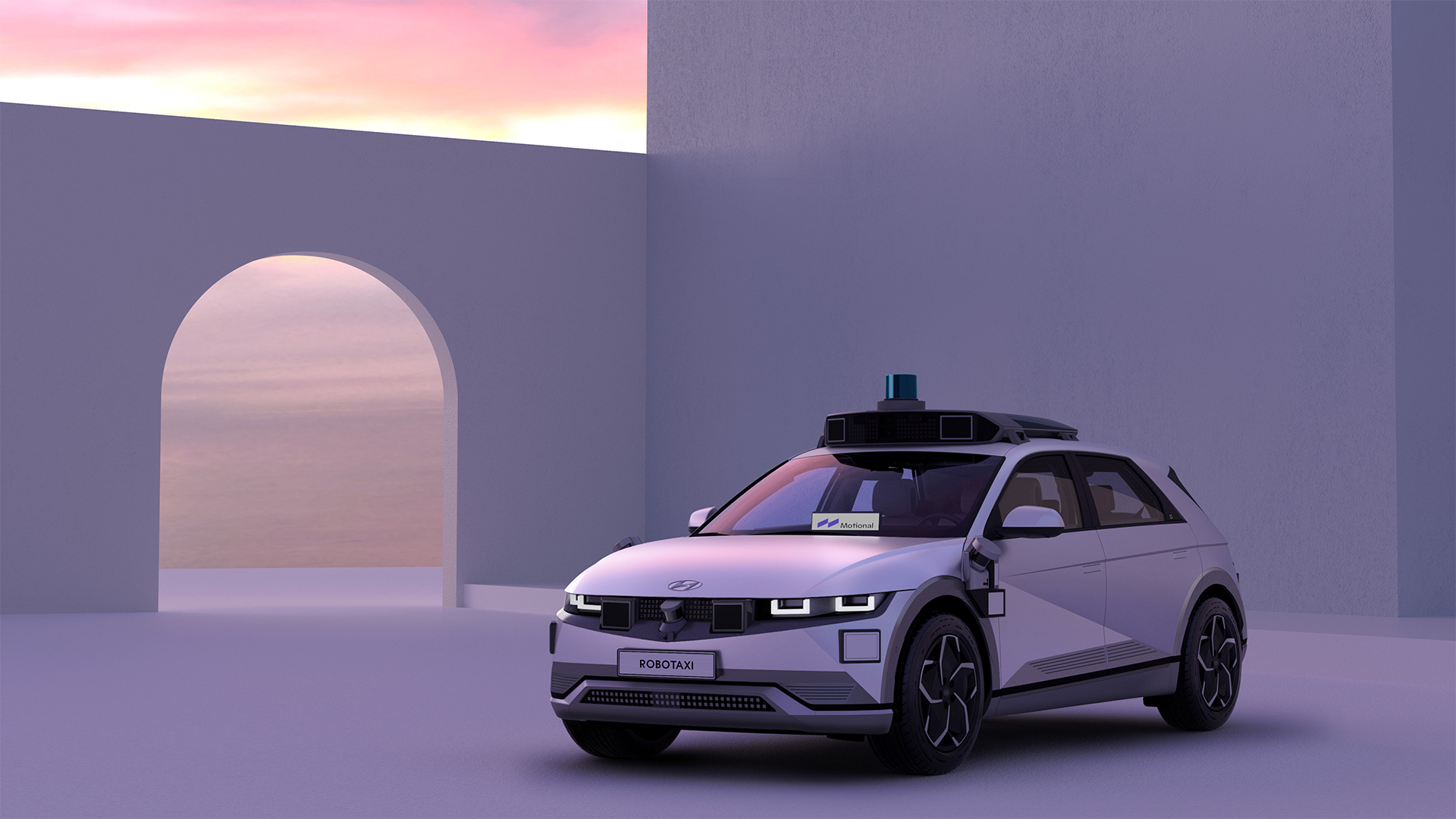Tesla's robotaxi rollout is already under investigation, as videos surface of erratic driving

- Online videos of Tesla's new robotaxis prompt investigation
- Footage shows the cars speeding and ghost braking
- Tesla’s Full Self-Driving and Autopilot mode also under scrutiny
Tesla’s rollout of its Robotaxi service at the weekend was hailed as a success by the company, which saw around 10 to 20 Model Y vehicles autonomously cover a geo-fenced route around Austin, Texas, complete with a selection of “pro-Tesla” content creators onboard.
Early social media posts revealed that the experience largely ran like clockwork, despite the required app release being delayed. The lack of software verification also meant the onboard safety driver (who was instructed to remain mute) had to manually check IDs.
But as the day progressed, a number of videos emerged online of Tesla’s Robotaxis behaving erratically, including veering into there wrong lane, traveling at several miles per hour above the speed limit and, in one instance, slamming on the brakes for a group of police cars that were parked well off the road.
“National Highway Transit Safety Administration (NHSTA) is aware of the referenced incidents and is in contact with the manufacturer to gather additional information,” the agency said in a statement, as reported by The Guardian.
However, the safety agency was quick to point out in its statement that the NHTSA does not pre-approve new technology, but instead requires manufacturers to ensure vehicles meet agency standards.
It will subsequently investigate and report on anything that falls foul of its guidelines.
The most recent preliminary enquiry joins an open investigation that the NHTSA is already working on concerning the manufacturer’s Full Self-Driving mode in its passenger vehicles.
Sign up for breaking news, reviews, opinion, top tech deals, and more.
This separate case is looking into the system’s ability to operate safely in low visibility situations, following a number of high-profile crashes.
Analysis: it's too soon for camera-only autonomous systems

Elon Musk has famously preached about the benefits of his camera-only autonomous driving system, which eschews the plethora of sensors, radars and Lidar that are currently in used by every other key rival, including the likes of Waymo, Hyundai (in its Ioniq 5 robotaxi) and Nissan.
The overarching benefit is a cost saving to the manufacturer, as well as a reduction of weight and unsightly bulk that can be seen perched atop of the Waymo cabs currently in operation.
But those systems are used for a reason, predominantly to be able to paint a more detailed picture of the surroundings when current camera technology and AI simply can’t.
The argument currently leveled at Tesla Vision is that a camera-only approach might be suitable in the future, but the technology isn't ready yet.
Unfortunately, the Californian company is also famously closed about sharing its Full Self-Driving data, with Electrek reporting that Tesla has asked the NHSTA to ensure any answers it has provided related to current investigations remain confidential.
The marque also only releases very limited data related to both its Full Self-Driving and Autopilot systems, offering cumulative mileage and the number of disengagements (where the system requires a human to take over).
Waymo and fellow ADAS rivals, on the other hand, offer much more detailed information, as per the NHSTA’s guidelines, which helps build public trust in the technology – something even Elon Musk agrees with.
You might also like
- Tesla’s self-driving robotaxis have finally hit the road – and their first, invite-only passengers are unsurprisingly impressed
- I’ve tried Nissan’s latest advanced driverless technology – and it handles 60mph on rural roads better than most humans
- Tesla is secretly testing new versions of its Model S Plaid and Model Y Performance – here’s what to expect

Leon has been navigating a world where automotive and tech collide for almost 20 years, reporting on everything from in-car entertainment to robotised manufacturing plants. Currently, EVs are the focus of his attentions, but give it a few years and it will be electric vertical take-off and landing craft. Outside of work hours, he can be found tinkering with distinctly analogue motorcycles, because electric motors are no replacement for an old Honda inline four.
You must confirm your public display name before commenting
Please logout and then login again, you will then be prompted to enter your display name.